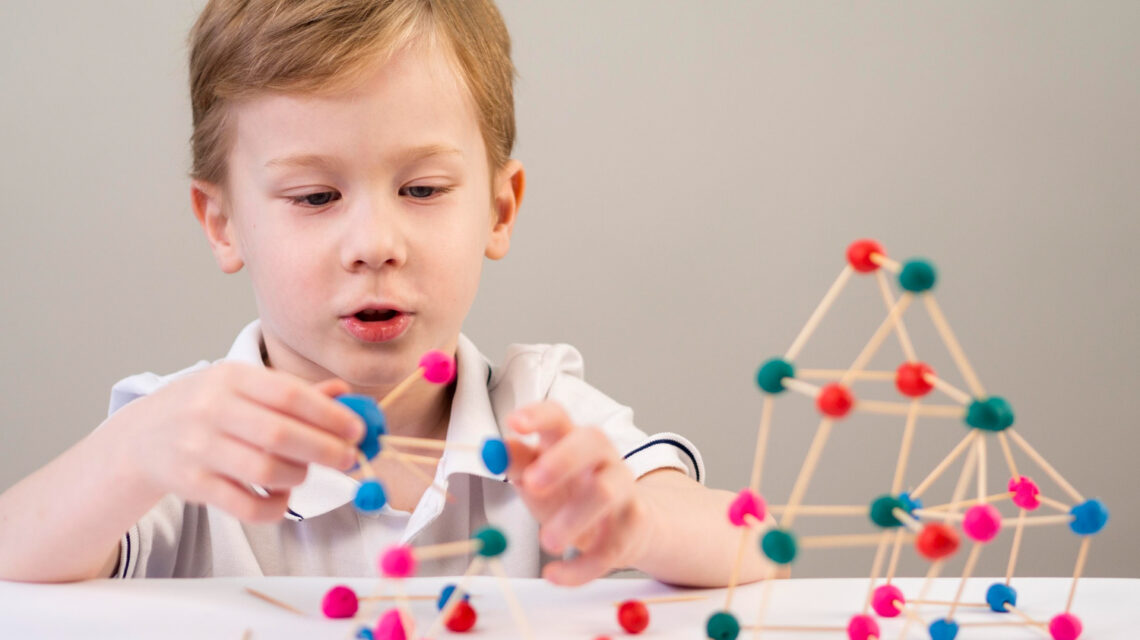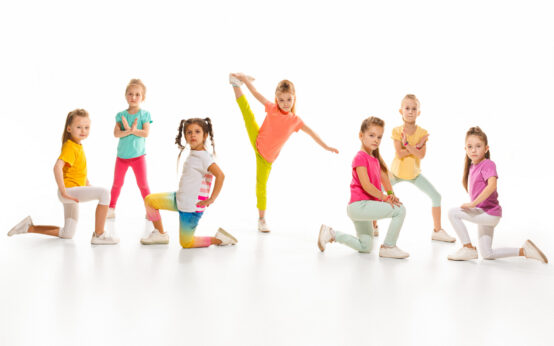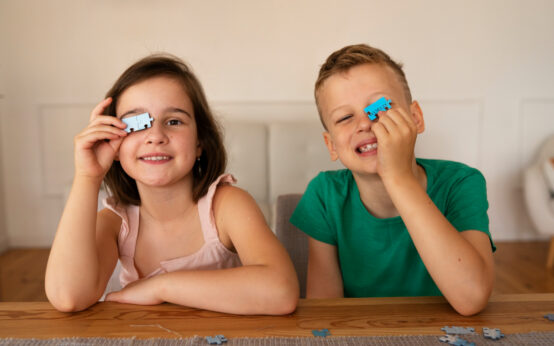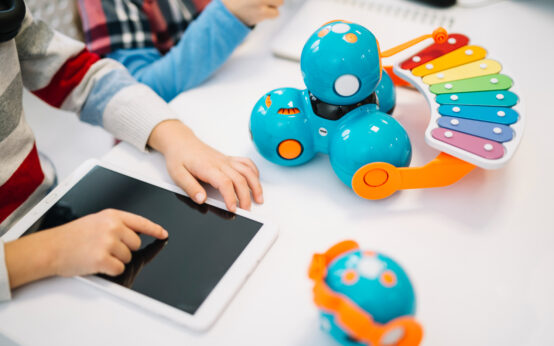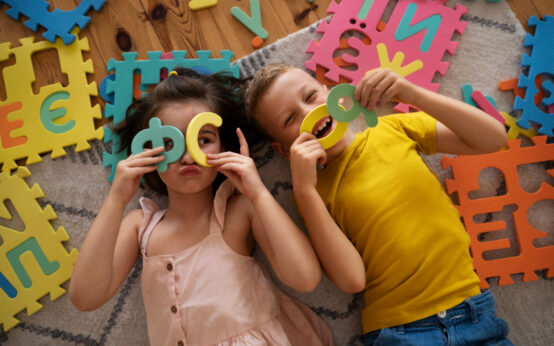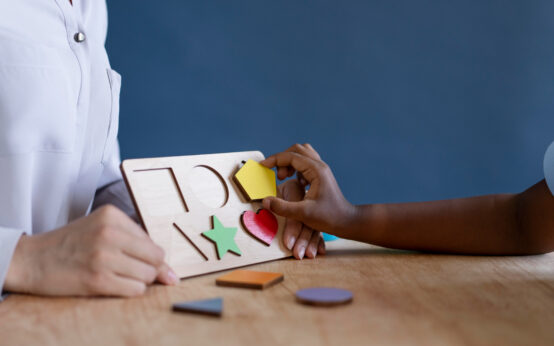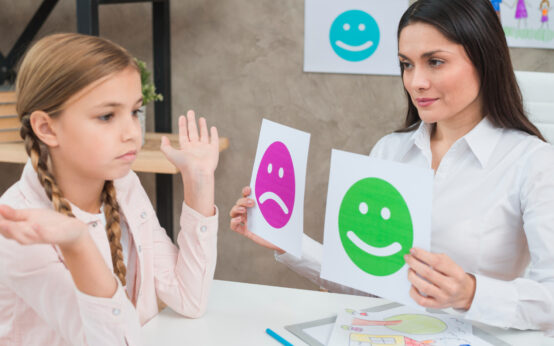Introduction
Building and improving hand-eye coordination is crucial for children’s overall development, particularly for those with Autism Spectrum Disorder (ASD). This skill not only aids in daily activities but also contributes to enhanced learning and social skills. In this article, we’ll explore enjoyable and effective activities that can help improve hand-eye coordination in children with ASD.
Games for Physical Engagement
Incorporating physical activities into your child’s routine not only targets hand-eye coordination but also promotes the development of overall motor skills. Engage in these activities as a family for added fun and bonding:
- Throw and Catch:
Encourage turn-taking by tossing a ball back and forth with your child. This simple activity sharpens hand-eye coordination and provides an opportunity to celebrate successful catches. - Bowling:
Create a makeshift bowling alley using plastic bottles filled with water as pins. Encourage your child to roll a ball to knock down as many “pins” as possible. If needed, guide your child’s arms and hands during their turn. - Bounce Back:
Challenge your child to bounce a ball against the wall and catch it on the rebound. This activity adds a layer of complexity to traditional throw-and-catch games. - Bean Bags Throw:
Introduce variety by using bean bags or other soft, weighted items in the activity. Create a game where your child throws colored bean bags into corresponding containers, earning points. Adjust the difficulty by varying the distance and point system.
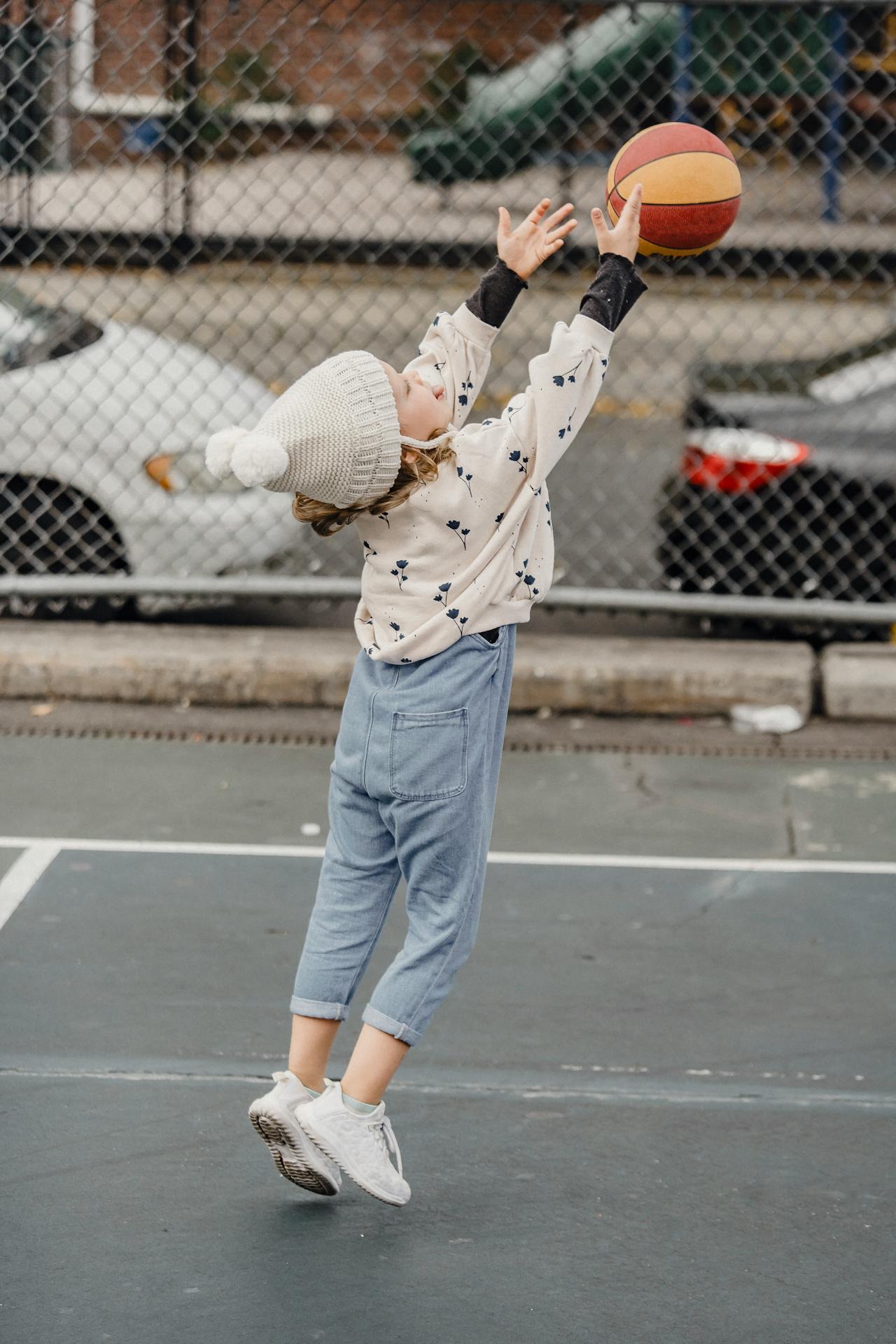
Do-It-Yourself Activities
Explore everyday items found at home to create engaging hand-eye coordination activities. These DIY games are not only effective but also readily accessible:
- Pegs and String:
Clip pegs onto a string tied between two chairs or table legs. Enhance the learning experience by adding alphabets, numbers, or pictures to the pegs for sorting or categorizing. - Art and Craft:
Simple drawing, coloring, and cutting activities offer a creative way to enhance hand-eye coordination. Always supervise your child, especially when using sharp stationery like scissors. - Carnival Games:
Create a homemade carnival game by challenging your child to balance a ping pong ball on a spoon during a race. This entertaining activity requires coordination and balancing skills.
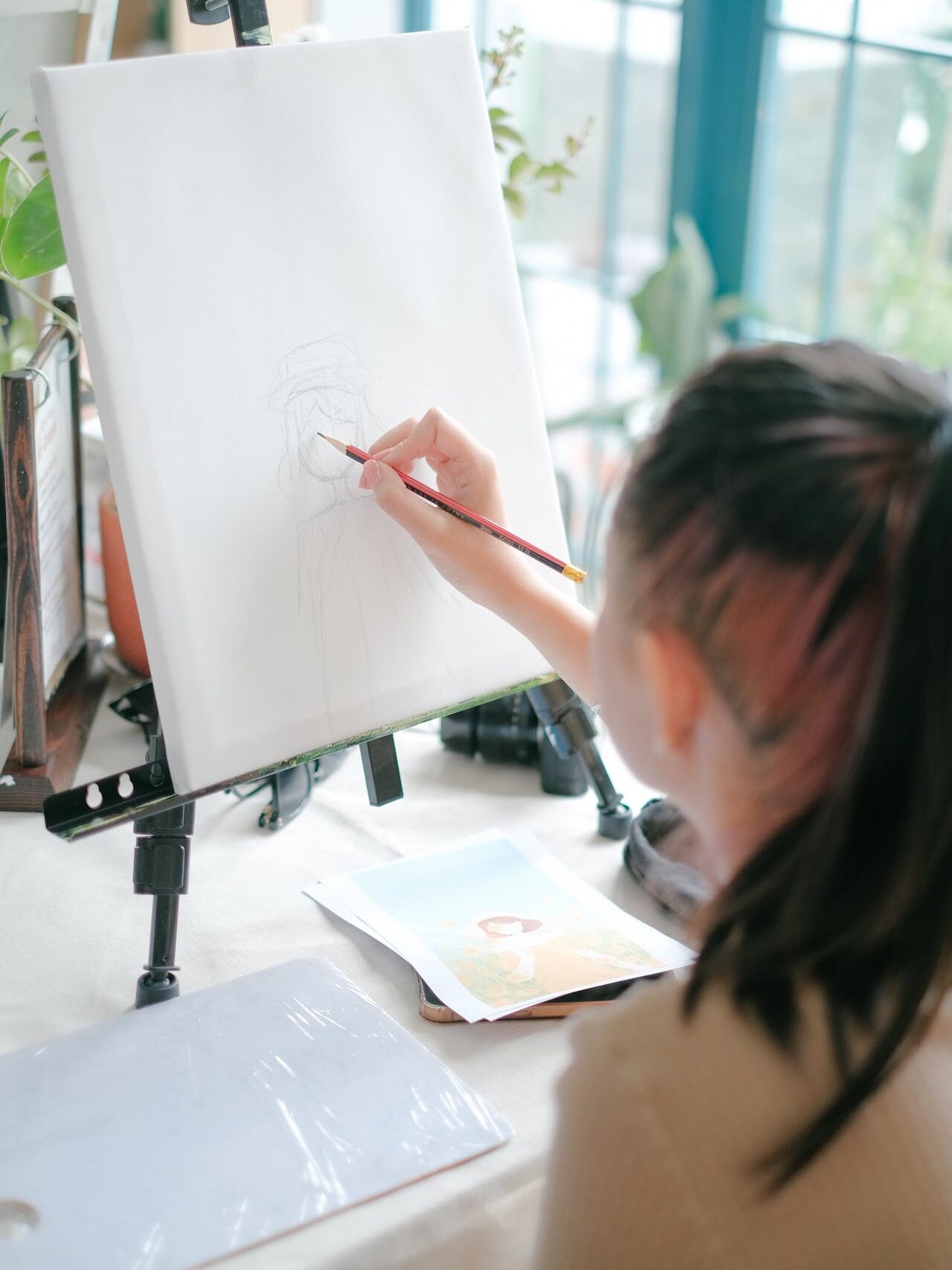
Conclusion
Remember, building hand-eye coordination in ASD children is a gradual process that requires consistent effort. Dedicate just 10 minutes each day to these activities, and you’ll witness improvement over time. Regardless of the difficulty level, always offer praise and encouragement to motivate your child. Most importantly, make the learning process enjoyable for both you and your child.
Source
- Smith, J. (2024, February 28). Improving Hand-Eye Coordination in Children with Autism Spectrum Disorder (ASD). Child Development Today, pp. 15-17.
- American Psychiatric Association. (2013). Diagnostic and statistical manual of mental disorders (5th ed.). Arlington, VA: American Psychiatric Publishing.
- Green, D., Charman, T., Pickles, A., Chandler, S., Loucas, T., Simonoff, E., & Baird, G. (2009). Impairment in movement skills of children with autistic spectrum disorders. Developmental Medicine & Child Neurology, 51(4), 311-316.
- Landa, R. J., & Garrett-Mayer, E. (2006). Development in infants with autism spectrum disorders: a prospective study. Journal of Child Psychology and Psychiatry, 47(6), 629-638.
- MacDonald, M., Lord, C., & Ulrich, D. A. (2013). The relationship of motor skills and adaptive behavior skills in young children with autism spectrum disorders. Research in Autism Spectrum Disorders, 7(11), 1383-1390.
- Pan, C.-Y., & Tsai, C.-L. (2010). The effects of physical exercise on functional performance in children with autism spectrum disorders. Adapted Physical Activity Quarterly, 27(4), 316-326.
- Zwaigenbaum, L., Bryson, S., Rogers, T., Roberts, W., Brian, J., & Szatmari, P. (2005). Behavioral manifestations of autism in the first year of life. International Journal of Developmental Neuroscience, 23(2-3), 143-152.
